Species Photo Gallery for Xestocephalus n-species Undescribed Xestocephalus Species 31 |
 | Photo by: Kyle Kittelberger
Wake Co.
Comment: female; 3.9 mm | 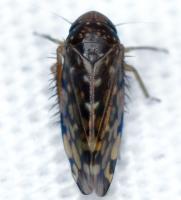 | Photo by: Kyle Kittelberger
Warren Co.
Comment: female |
 | Photo by: Kyle Kittelberger, Paul Scharf
Gates Co.
Comment: open, grassy area near mixed hardwood forest |  | Photo by: Kyle Kittelberger
Wake Co.
Comment: female; 3.9 mm |
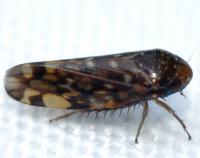 | Photo by: Kyle Kittelberger
Warren Co.
Comment: |  | Photo by: Margarita Lankford
Orange Co.
Comment: https://www.inaturalist.org/observations/166510647 |
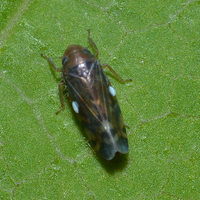 | Photo by: Margarita Lankford
Orange Co.
Comment: https://www.inaturalist.org/observations/166510647 | 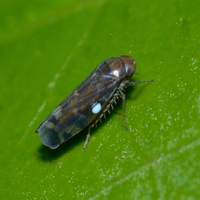 | Photo by: Margarita Lankford
Orange Co.
Comment: https://www.inaturalist.org/observations/166510647 |
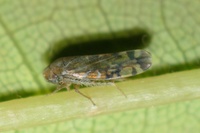 | Photo by: Scott Bolick
Guilford Co.
Comment: |  | Photo by: Scott Bolick
Guilford Co.
Comment: |
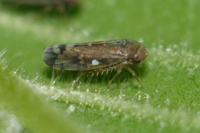 | Photo by: Scott Bolick
Randolph Co.
Comment: | 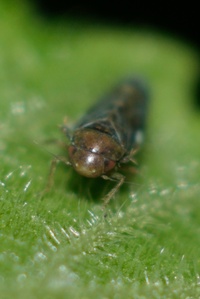 | Photo by: Scott Bolick
Randolph Co.
Comment: |
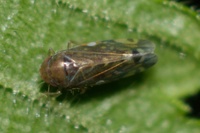 | Photo by: Scott Bolick
Randolph Co.
Comment: | 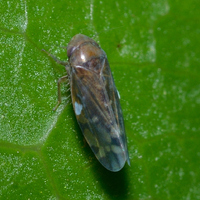 | Photo by: Margarita Lankford
Orange Co.
Comment: https://www.inaturalist.org/observations/80044007 |
 | Photo by: Margarita Lankford
Orange Co.
Comment: https://www.inaturalist.org/observations/80044007 | 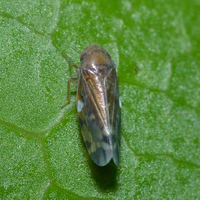 | Photo by: Margarita Lankford
Orange Co.
Comment: https://www.inaturalist.org/observations/80044007 |
 | Photo by: Scott Bolick
Guilford Co.
Comment: | 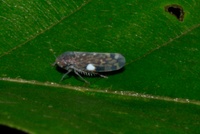 | Photo by: Scott Bolick
Guilford Co.
Comment: |
 | Photo by: Kyle Kittelberger, Brian Bockhahn, Paul Scharf
Warren Co.
Comment: mixed hardwood, open forest near lake edge | 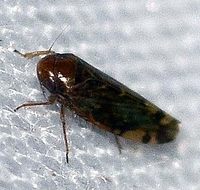 | Photo by: Paul Scharf
Warren Co.
Comment: Caught Sweeping |
 | Photo by: Kyle Kittelberger, Brian Bockhahn, Paul Scharf
Warren Co.
Comment: mixed hardwood, open forest near lake edge | 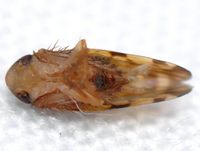 | Photo by: Kyle Kittelberger, Paul Scharf
Gates Co.
Comment: open, grassy area near mixed hardwood forest |
 | Photo by: Kyle Kittelberger, Paul Scharf
Gates Co.
Comment: open, grassy area near mixed hardwood forest |  | Photo by: Rob Van Epps
Mecklenburg Co.
Comment: Open area near woods. Attracted to black light. |
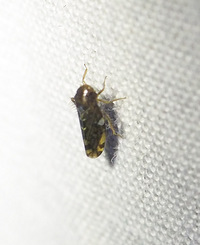 | Photo by: R Emmitt
Orange Co.
Comment: very stubby and tiny maybe 3 mm - unid_leafhopper | 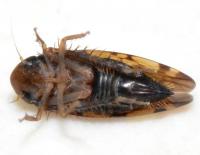 | Photo by: Kyle Kittelberger
Wake Co.
Comment: female |
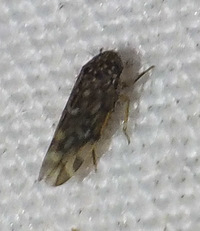 | Photo by: Randy Emmitt
Orange Co.
Comment: very tiny and fast moving. - unid_leafhopper | 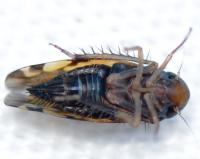 | Photo by: Kyle Kittelberger
Warren Co.
Comment: |
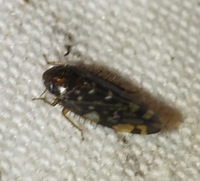 | Photo by: Randy Emmitt
Orange Co.
Comment: uv light - unid_leafhopper | 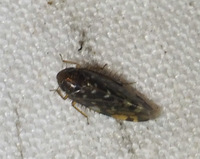 | Photo by: Randy Emmitt
Orange Co.
Comment: uv light - unid_leafhopper |
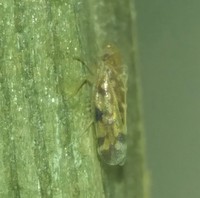 | Photo by: Amanda Auxier
Pender Co.
Comment: Attracted to white CFL porch light in semi-wooded residential area. - unid_leafhopper |

 »
»


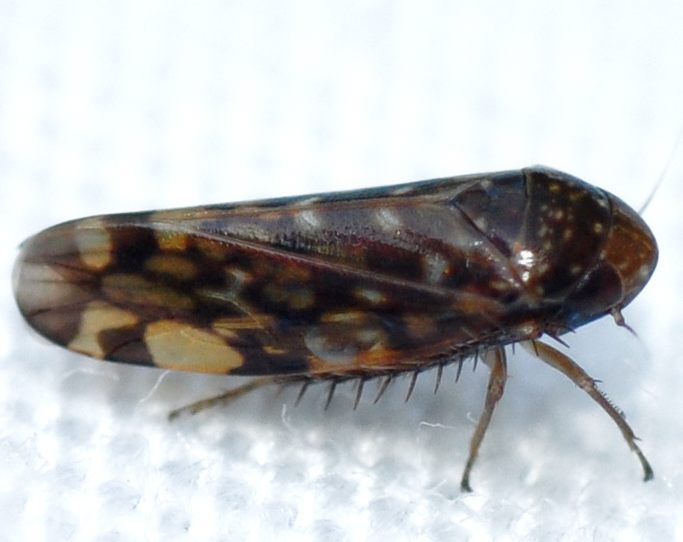

 »
»


